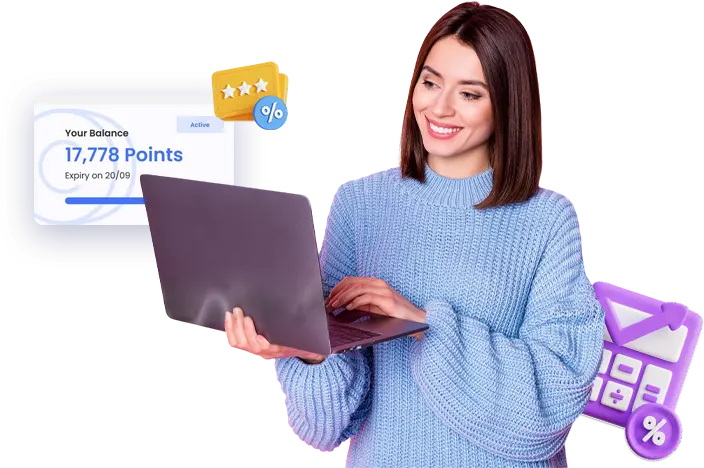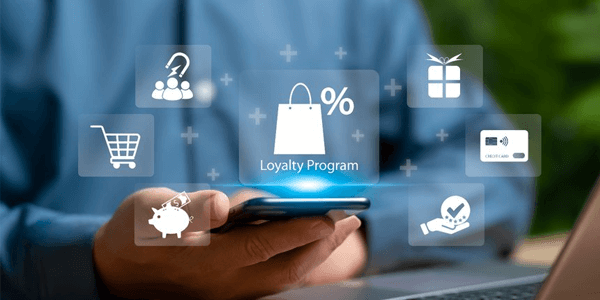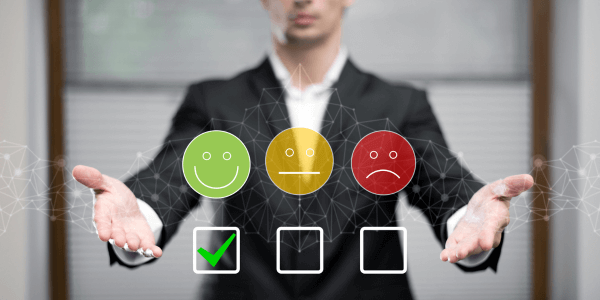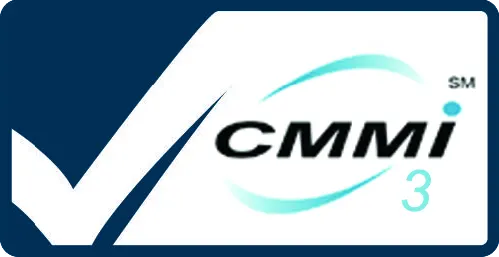
How Loyalty Data Can Power Marketing Personalization Across Channels
- Editorial & Research Team
- |
- Published on July 25, 2025
On this page
Have you ever gotten mail that seemed to be addressed to you directly? Or click on an app that has a perfect suggestion to wait? That is not luck; it is the power of loyalty data for personalization. Now it is not enough to reward the consumers; it is necessary to make them relevant. They want their preferences to be remembered by brands, expect them to know what they need, and speak the language on any channel. And that is exactly what smart, data-driven loyalty programs are built for. Much more than a points program reveals some wonderful insights that will enable businesses to design unique experiences, email to app, and in-town to inox.
Our latest blog will explore how loyalty data can access the real personalization and how Novus Loyalty will enable brands to deliver it at scale with an impact.
Why Loyalty Data Is the New Fuel for Personalized Marketing
We can begin with a simple fact: three-quarters of the customers experience frustration when they see their content personalized on websites (Instapage). On the contrary, 91 percent of customers report that they will be more inclined to purchase products of a brand offering them relevant offers and suggestions.
So, what powers this level of relevance?
Loyalty programs. But not the outdated, one-size-fits-all kind. We are talking about intelligent, data-driven loyalty programs that track:
- Purchase history
- Product preferences
- App usage behavior
- Reward redemptions
- Channel engagement
- Frequency of visits
Every action that the customer takes with your loyalty program is an additional data point. This will eventually develop a distinct client profile, which can be applied further to hyper-gear content, demand forecasting, and even auto-responding to unique behaviors.
And with such platforms as Novus Loyalty, all this data is being recorded and collected in one place, which can be used to act at any touchpoint.
One Size Does not Fit All: Customization vs. Personalization vs. Hyper-Personalization
Before diving into the strategy, it is essential to understand the key difference between the common approaches ‘brands use and personalizing experiences. Here is a simple breakdown:
| Feature | Customization | Personalization | Hyper-Personalization |
| Who controls it? | User-controlled | Brand-controlled | AI/data-driven automation |
| Data used | Minimal (user input) | Basic user data (name, location, etc.) | Behavioral, contextual, and real-time data |
| Example | The user selects language preference | Email with customer’s name | The app pushes real-time product offer based on browsing |
| Depth of targeting | Surface-level | Moderate | Deep and predictive |
| Level of automation | Low | Medium | High |
When brands devolve from basic personalized to hyper-personalized, the customer experience transforms from “good” to “wow.” And the real driver behind this shift? You guessed it: loyalty data for personalization.
How Loyalty Data Enhances Personalization Across Channels
Here is how businesses can use data-driven loyalty programs to drive customization across major marketing channels:
1. Email Campaigns
No more mass email blasts. The consumers today react to relevance. The usage of loyalty data allows you to segment users on the basis of previous purchases, rewards earned, birthdays, or location.
Example: A beauty brand issues an island-exclusive limited-time email to high-spending loyalty shoppers who purchased skincare within the last 60 days, offering an exclusive double points weekend.
With Novus Loyalty, brands can automate these mailers based on the real-time behavior of clientele rather than static lists.
2. Mobile Apps
Loyalty apps are not just for point tracking. They are powerful customization tools. Brands can use loyalty data to show personalized dashboards, product recommendations, and location-based offers.
Example: A QSR brand uses Novus to push an app notification offering a “Free Coffee” when a loyalty user walks within 500 meters of a store; right, they are mostly likely to convert.
3. In-Store Experiences
Yes, loyalty data can influence physical environments too. Through CRM integration and customer IDs, store staff can access preferences, purchase history, or loyalty status.
Example: A clothing brand alerts sales reps that a loyalty member just walked in and shares their recent wishlist or sizes to offer VIP-level service.
4. Social Media Advertising
By synching loyalty data with platforms like Meta or Google, brands can make micro-targeted lookalike audiences or retargeting based on loyalty tiers and buying behaviors.
Example: A sports retailer runs Instagram ads promoting a new shoe line to top-tier loyalty members who previously bought athletic gear.
This channel-agnostic approach is what data-driven loyalty programs are designed for, and Novus Loyalty makes this cross-channel customization easy to execute.
Real-World Impact of Loyalty-Driven Personalization
Let’s look at some numbers to prove just how effective this strategy can be:
- 20% increase in customer satisfaction when personalization is based on loyalty data.
- 80% of consumers are more likely to do business with a company that offers tailored experiences
- Data-driven personalization boosts ROI by 5-8x on marketing spend, according to McKinsey.
When your loyalty engine is linked directly to your marketing, these are not just statistics; they are to your competitive advantage.
How Novus Loyalty Makes It Possible
At Novus Loyalty, we do not just build loyalty programs; we build intelligence engines.
Our platform captures, analyzes, and activates loyalty data in real-time, empowering brands to:
- Launch personalized campaigns across SMS, email, push and social
- Build dynamic loyalty tiers and triggers based on behavioral data
- Integrate AI to predict churn and send retention offers proactively
- Generate detailed insight and segmentation models to refine personalization
Whether you are a BFSI player, retail chain, or QSR brand, our flexible APIs and customizable dashboards make it easy to build data-driven loyalty programs that actually move the needle.
Getting Started: Tips to Use Loyalty Data for Personalization
Want to begin leveraging loyalty data for personalization but not sure where to start? Here are a few tips to guide your strategy:
1. Start with Clean Data
Ensure your loyalty data is deduplicated, consistent, and centralized.
2. Segment Smartly
Do not just segment by age or gender; use behavioral triggers like cart abandonment, frequency of visit, or points of expiry.
3. Automate Where Possible
Use platforms like Novus Loyalty that offer built-in marketing automation, real-time triggers, and smart rules.
4. Respect Privacy
Give customers control over how you use their loyalty data and be open and honest about it. Trust builds loyalty, too.
5. Measure and Optimize
Track performance of each personalized campaign. A/B tests offer messaging and timing.
Conclusion
Personalizing an experience cannot be reduced to a mere marketing strategy; it is the process through which one sustains a long-term relationship. It is personal when the brand remembers your previous purchase, suggests to you what you need, or gifts you with a reward. That is the type of relationship that modern customers long to have. By tapping into loyalty data for personalization, brands can deliver these meaningful moments across every touchpoint, automatically and authentically.
With Novus Loyalty, businesses gain the power to turn insights into action through smart, data-driven loyalty programs that delight, convert, and retain. Since the dimension of the future of loyalty does not only have to do with points, it has to do with people.
Explore Customer Loyalty
Elevate every experience with personalized perks.





















